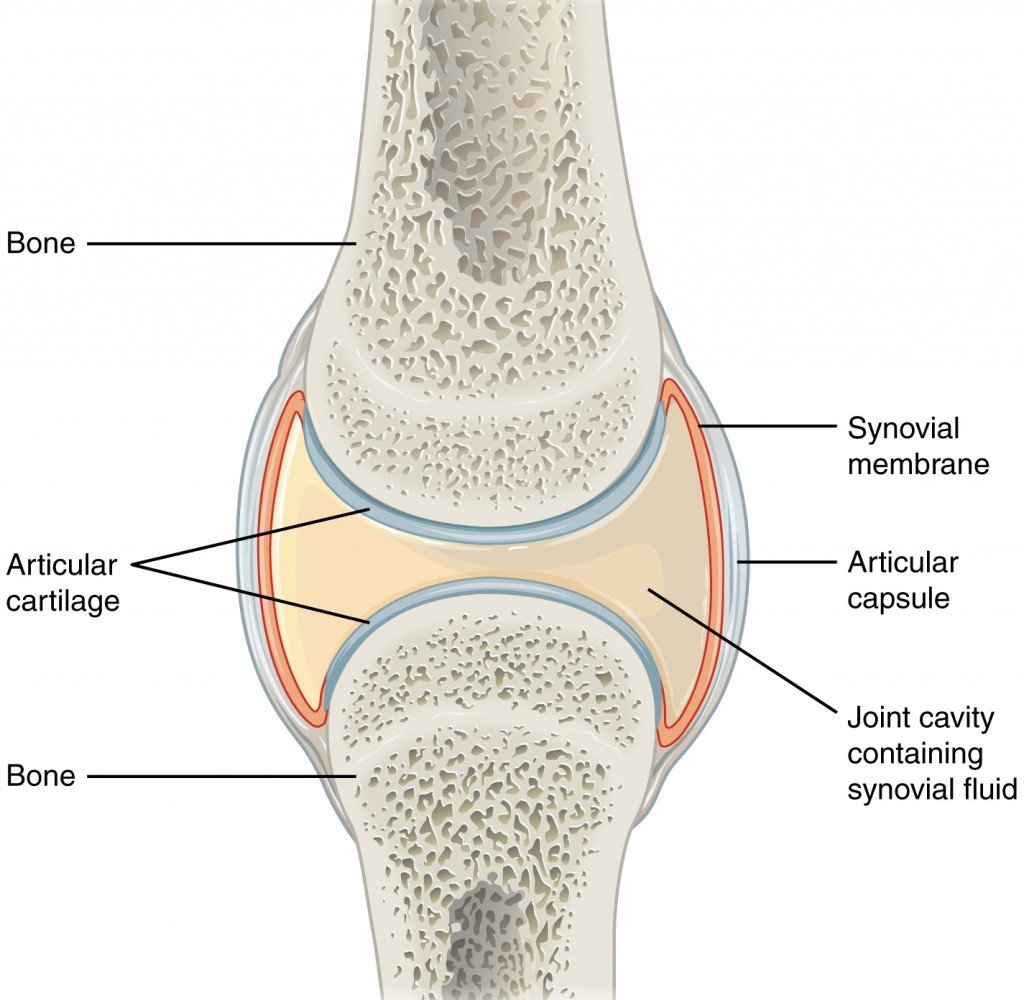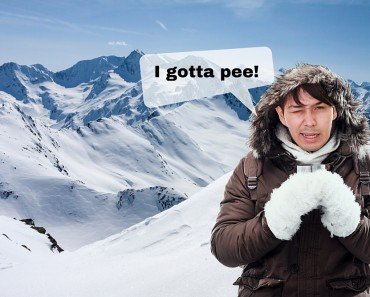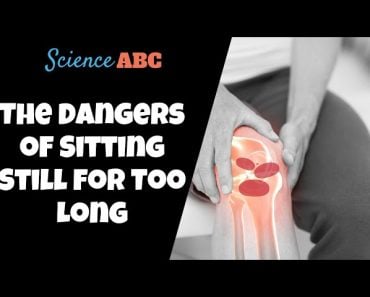Table of Contents (click to expand)
The body reduces blood flow to the extremities in order to preserve the core of the body. This is because blood plays a role in the temperature regulation of the body and the extremities are more susceptible to cold temperatures. Additionally, the speed at which blood flows also helps in temperature regulation. When the ambient temperature drops, blood vessels contract and minimal heat is lost. As a result, the chemicals needed to contract muscles located in the extremities are also affected, causing stiffness and reduced movement.
When it’s very cold outside, blood flow to the extremities, like your toes and fingers, is minimized. This is done in a bid to ensure that the body loses as little heat as possible.
Know the feeling when you want to send an urgent text to someone – maybe your boss or your partner – but you can’t type fast enough, or even type at all, because your hands are too cold?
Of course you do!

Ever wonder why that happens? Why does extreme cold make it so arduous to type out a few words on your smartphone, play an instrument, or even write something down?
Recommended Video for you:
Reduction Of Blood Flow To The Extremities
When it’s cold outside, the body reduces blood flow to the extremities. There is a good reason for this; when it’s cold outside, your body perceives this as a ‘threat’ to your survival. In a bid to ensure that you don’t die, the body lessens the blood flow to the extremities. This is done so that the core of the body, i.e. the mid-section (where most vital organs are located), is preserved and protected against the cold, as blood plays a huge role in the temperature regulation of the body.
The Role Of Blood In Temperature Regulation
If you don’t already know, blood is crucial to the supply of oxygen to each and every cell of the body.

Our blood carries oxygenated blood from the chambers of the heart, delivers it to cells in return for deoxygenated blood. It then takes this deoxygenated blood to the lungs, where it’s finally excreted with the help of the respiratory system.
However, that’s not the only purpose that blood serves. It also helps in maintaining a safe temperature within the human body.
Blood Plasma
Temperature regulation is achieved through something called blood plasma. Blood plasma is the clear, yellowish, fluid element of the blood that carries the blood cells. It makes up roughly 55% of the total volume of blood in the body. One noteworthy thing is that the proteins essential for blood clotting are actually contained in the blood plasma.

Blood plasma can both give off and absorb heat, which helps in maintaining the ‘right’ or ‘safe’ temperature of the human body.
Speed Of Blood Flow
Additionally, the speed at which blood flows also helps in temperature regulation. When the ambient temperature drops, blood vessels contract and minimal heat is lost. In contrast, when it gets hot outside, those same blood vessels expand, allowing blood to flow more slowly, thereby causing more heat to be given off by the body. This is how the body neither gets too cold nor too hot, thanks to the movement of blood.
 Coming back to the original question, when it’s very cold outside, blood flow to the extremities, like your toes and fingers, is minimized. This is done in a bid to ensure that the body loses as little heat as possible.
Coming back to the original question, when it’s very cold outside, blood flow to the extremities, like your toes and fingers, is minimized. This is done in a bid to ensure that the body loses as little heat as possible.
However, as you know, all body parts need a constant blood supply, so when a particular part of the body is deprived of blood (and oxygen) for a long time, the cells there will begin to die out. That’s why the victims of frostbite sometimes end up having their body parts (e.g., legs, arms) amputated.

Due to the extremities getting colder, the chemical reactions needed to contract nearby muscles also take a hit. The muscles that help you move your fingers are located in your forearm, but if they get too cold, your fingers either feel weak, hurt or simply don’t work as precisely and quickly as they normally do.
As a result, you cannot easily do actions that involve moving your fingers swiftly and accurately, including playing an instrument, working on the computer, texting etc. There’s also the ‘stiff-finger-joint’ phenomenon, wherein the fingers become too stiff to move properly. This phenomenon usually arises due to problems with the synovial fluid.
There’s also the ‘stiff-finger-joint’ phenomenon, wherein the fingers become too stiff to move properly. This phenomenon usually arises due to problems with the synovial fluid.
The Synovial Fluid
Synovial fluid is a viscous fluid normally found in the human bone joints, and plays an instrumental role in lubricating surface joints.

At lower temperatures, the synovial fluid becomes more viscous. This thickness of the synovial fluid causes that distinctive feeling of ‘rigidity’ in your fingers when your hands get too cold. This is another reason why your fingers don’t move as precisely and quickly as they ordinarily do when it’s too cold outside.













